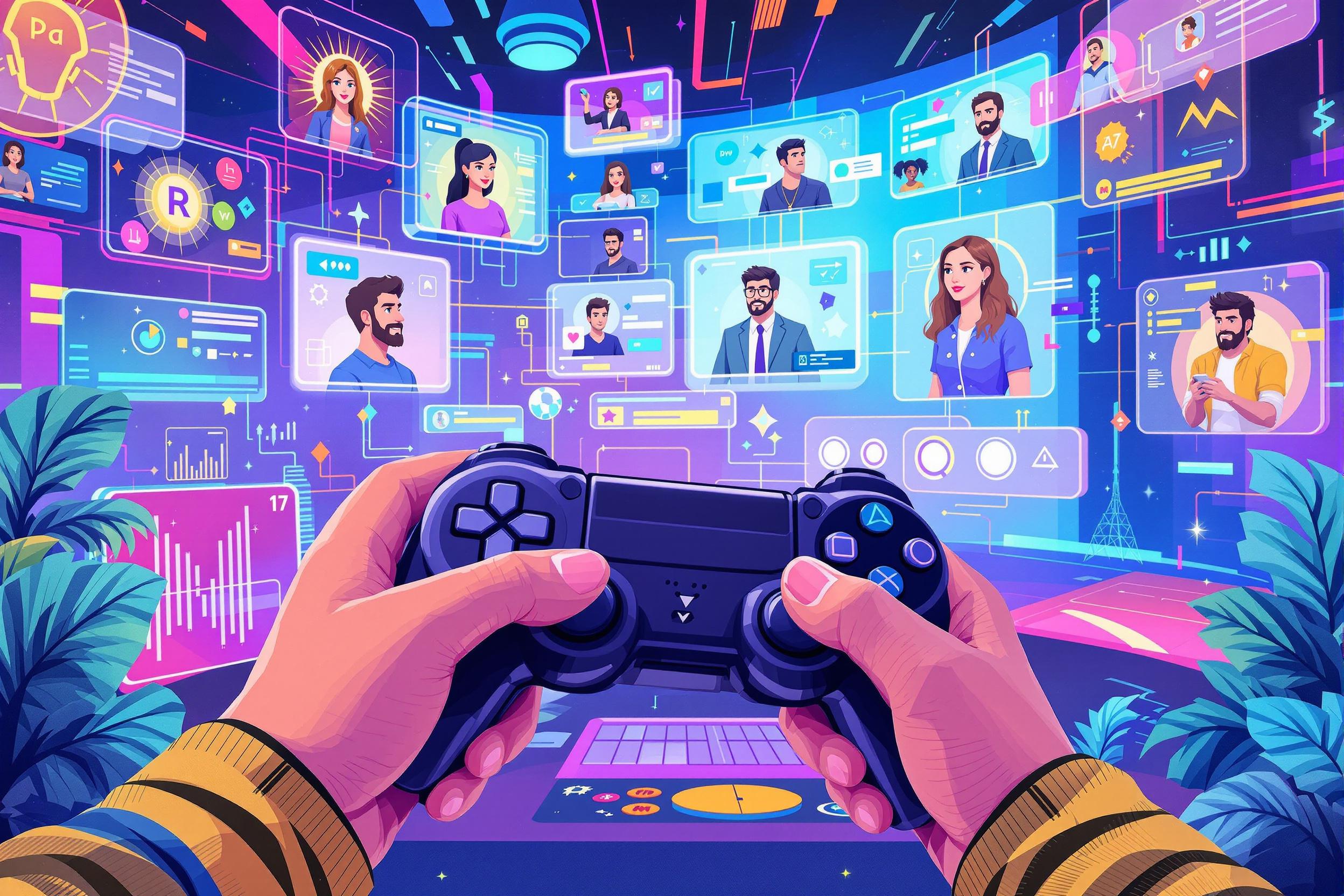
Character Generator
A Character Generator is a tool used in TV broadcasting and video production to add text and graphics over video content. Think of it like a digital overlay system that creates the text you see on news broadcasts, sports scores, weather reports, or credits at the end of shows. In broadcasting jobs, it's often shortened to "CG" or "Chyron" (a popular brand name). It's similar to how PowerPoint adds text over slides, but for live TV and video production. These systems are essential in modern broadcasting as they help create professional-looking content by adding names of speakers, headlines, weather information, and other text-based information that viewers see on their screens.
Examples in Resumes
Operated Character Generator during live news broadcasts to display breaking news and speaker information
Created and managed CG graphics templates for sports broadcasting
Trained junior staff in Chyron operations and Character Generator best practices
Designed custom Character Generator layouts for special event coverage
Typical job title: "Character Generator Operators"
Also try searching for:
Where to Find Character Generator Operators
Online Communities
Job Boards
Professional Networks
Example Interview Questions
Senior Level Questions
Q: How would you handle a system failure during a live broadcast?
Expected Answer: Should discuss backup systems, quick troubleshooting procedures, and having pre-made templates ready as emergency alternatives. Should emphasize importance of staying calm under pressure and having contingency plans.
Q: How do you train new operators on CG systems?
Expected Answer: Should explain their teaching methodology, mention creation of documentation, hands-on practice sessions, and importance of starting with basic functions before advancing to complex operations.
Mid Level Questions
Q: How do you prepare graphics packages for different types of shows?
Expected Answer: Should explain process of creating and organizing templates for different show types (news, sports, special events), and discuss coordination with producers and directors.
Q: What's your process for quality checking graphics before they go on air?
Expected Answer: Should discuss spell-checking, fact verification, proper formatting, and having another person review when possible. Should mention importance of preparation and timing.
Junior Level Questions
Q: What's the difference between a lower third and a full screen graphic?
Expected Answer: Should explain that lower thirds are the name/title bars at the bottom of the screen, while full screen graphics take up the entire viewing area.
Q: How do you handle last-minute changes to on-air graphics?
Expected Answer: Should demonstrate understanding of quick editing procedures while maintaining accuracy, and importance of clear communication with production team.
Experience Level Indicators
Junior (0-2 years)
- Basic operation of CG systems
- Creating and editing simple graphics
- Loading and playing pre-made templates
- Basic typography and design principles
Mid (2-5 years)
- Quick editing during live broadcasts
- Template creation and management
- Multiple graphic system operation
- Coordination with production team
Senior (5+ years)
- Advanced system troubleshooting
- Training and supervising junior operators
- Complex graphics package creation
- Live show management
Red Flags to Watch For
- No live broadcast experience
- Poor attention to detail or spelling errors
- Inability to work under pressure
- Lack of basic typography knowledge
- No experience with deadline-driven environments
Need more hiring wisdom? Check these out...

Recruiter's Guide to Gen Z: Building Authentic Talent Relationships in 2025

Resume Optimizations that Candidates Do to Get Past AI Hiring Filters

Level Up Your Hiring Game: How Gamification is Revolutionizing Talent Acquisition

